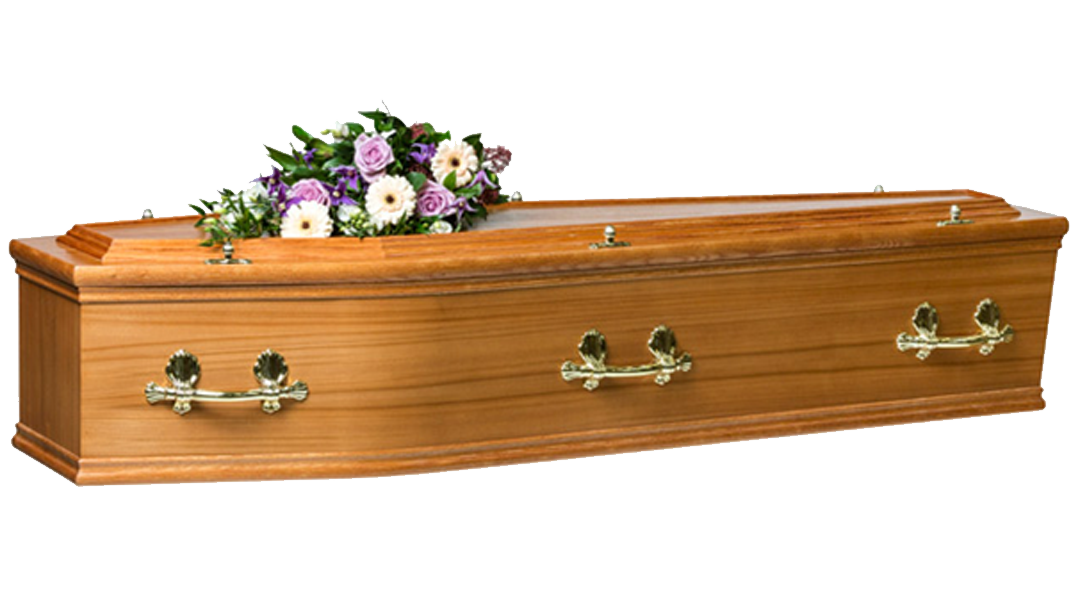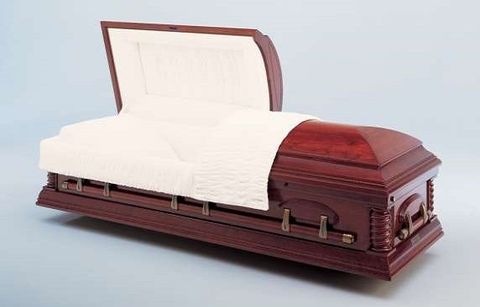
When picking a Daisybox, you'll be celebrating the life of a departed loved one in the most personalised and dignified way. You or your friends and family can DIY decorate or have a favorite image printed or painted all over a Daisybox, as a last visual and conversation starter for all to value a life well-lived. The last imaginative result is completely as much as you, with a growing worldwide network of artists, printers and funeral arrangers prepared to welcome your bespoke design requirements.
If a customized service is not what you're looking for, then an unattended, low-cost direct-cremation, followed by a funeral or gathering is also frequently practiced with a Daisybox "Fundamental" casket.
The fact there is now an option to a pricey metal, timber or engineered wood coffin or casket, is a much-requested truth.
Our group is constructing a worldwide network of funeral arrangers who're delighted to provide an inexpensive Daisybox as part of a tailored funeral service. There is no time like today to make sure that customer families have a wide alternative of options than the standard means. Funeral arrangers who accept Daisybox ® are both innovative and observant to the changing nature of customer households.
Honouring the dead has actually been necessary throughout history. But how did our forefathers bury their loved ones, what has altered and what has stayed the very same? Find out in our quick history of coffins.
Stone Age burials
Neanderthals residing in Eurasia 600,000 years ago buried their dead in shallow graves with a couple of personal keepsakes such as tools. These burials were extremely simple and typically acted as a way to deter scavengers. Recent discoveries show later on Neanderthals performed ancient burial rites. A 50,000-year-old skeleton found in a cave in France has actually lead scientists to think that people would ceremoniously bury their dead even as far back as the Stone Age. Some Neanderthals decorated themselves with homemade jewellery consisting of numerous pigments, plumes and shells.
Ancient Egyptians
The Egyptians were experts at mummifying whatever, from human beings to crocodiles. They held a strong belief that death was merely a barrier to the afterlife and they protected the body so the spirit of "Ka" might assist them to paradise. Apart from the heart, which was required for the Hall of Judgement, all organs were gotten and the body was embalmed and wrapped in linen. Similar to today, there were a range of 'mummification plans' so that everyone from the very wealthy to the impoverished could mummify their liked ones and guarantee they had a safe journey to the afterlife.

Middle ages coffin making
We'll never understand how popular wood coffins were throughout Middle ages times due to the simple truth that most of them have actually broken down. Coffins made of lead and stone were scheduled for the really wealthy or extremely crucial. The shape of these different extremely from today's caskets; they were a rectangular-shaped alcove carved into stone, with a rounded circle at the top for the head - the ideal shape for an individual. An example of this can be found in the Greyfriars graveyard in Leicester, where Richard III was found. The lead casket encased by a bigger stone coffin consisted of the body of an old woman, who was stated to be a crucial benefactor of Greyfriars in between the 1200s and 1400s.
American Civil War
Although the French were the first to coin the term 'coffin', taken from the Greek term for 'basket,' it wasn't till the American Civil War began in 1861 that coffins were commonly utilized. Utilizing them to transport dead soldiers safely and firmly, Americans started to mass produce the casket we understand today. American Civil War coffins were commonly created from old wood furnishings as they were required. The original coffins soon simplified into 'caskets' - the difference being that caskets have 6 sides and caskets have 4 sides.
Victorian coffins
The first casket factory museum opened just recently in Birmingham. Formerly one of Britain's most famous coffin makers, the Newman Brothers Casket Furnishings Factory catered for the Victorians' 'obsession' with death. In the Victorian period, funeral services were a big occasion and people would spend a great deal of cash on the event - including trimmings such as brass website handles, burial shrouds, breastplates and severe accessories. Burial vaults were particularly popular and the caskets destined for the vaults consisted of 3 layers - one of which was lead. It wasn't unusual for these coffins to weigh up to a quarter of a tonne.
Caskets today
Modern funeral services are viewed as a chance to commemorate life and a possibility to give the individual a send-off that matches their design and character. Today, over 75% of individuals are cremated, however even in a cremation, the casket is an important way to reflect and remember the personality of the deceased. Whether it's a smart gloss-black coffin or a coffin influenced by the person's preferred football club-- there is a big range of alternatives readily available to households. There is likewise an increasing number of individuals selecting eco-friendly caskets and even 'organic burial pods' where your enjoyed one's remains will support the growth of a tree.